
Christmas is celebrated in completely diverse ways around the world. This season is characterised by unique Spanish traditions that can be startling if you haven’t spent these holidays here. Some of them are celebrated by most Spaniards, while others are typical of specific regions, but they all deserve to be preserved due to their great cultural value.
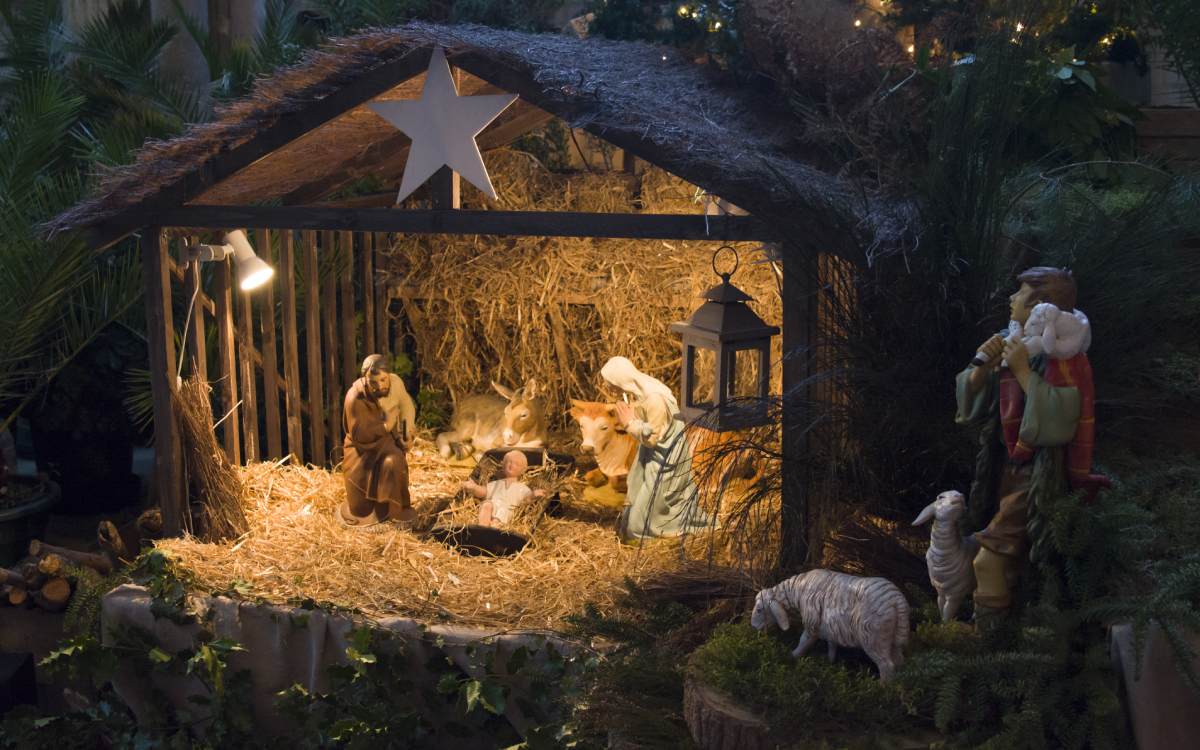
Christmas nativity scene. | Shutterstock
Many countries decorate and light Christmas trees. Spanish homes add another decorative element to this season: a nativity scene, or belén. Arranging the figures to remember the birth of Jesus Christ is a popular tradition is very common.
And here is a fun fact: Cataluña has its own nativity scene figure, the caganer, a shepherd squatting to relieve himself. It is usually hidden in the scene.
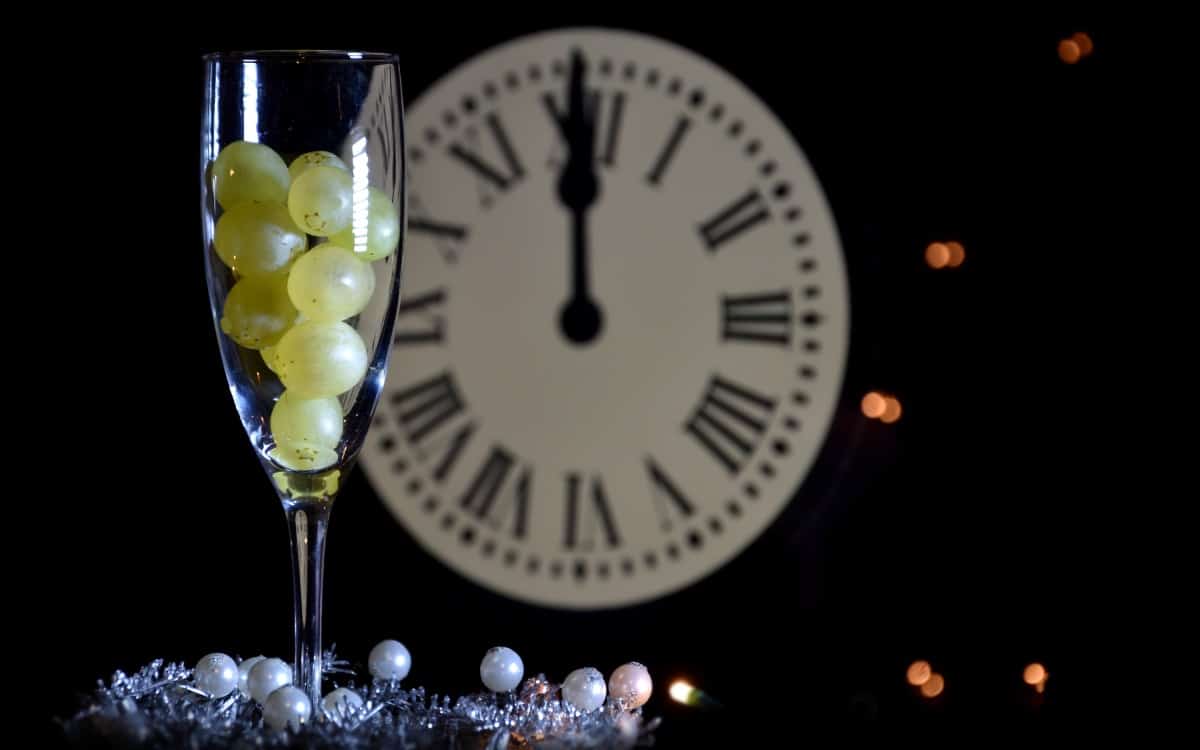
The tradition of eating twelve grapes. | Shutterstock
Undoubtedly, eating twelve grapes on New Year’s Eve is one of Spain’s most popular Christmas traditions and one of the most shocking to foreign countries. Every 31st of December, families gather at home or at their local main square and eat a grape per stroke once the clock strikes midnight. Puerta del Sol in Madrid is a good place to have the uvas de la suerte, a tradition that intends to welcome the new year and attract good luck. It is said to have its origins in the 19th century and became popular in the early 20th century.

In Spain, wearing red lingerie on New Year’s Eve attracts good luck. | Shutterstock
This is one of the most interesting traditions that take place on New Year’s Eve: wearing red underwear or lingerie, a colour considered a sign of happiness, success, passion, and good fortune. It is believed that those who want to bring luck to the new year should put on red lingerie before eating the twelve grapes so their dreams come true.

Spanish Christmas Lottery. | Shutterstock
Many Spaniards look forward to buying lottery tickets, or décimos, and watching the draw on the 22nd of December. For some people, this day marks the real beginning of Christmas.
Most people go about their daily lives, but they listen carefully to the radio, watch television, or scroll through social media to hear the winning numbers and their respective prizes, sung by the students of the San Ildefonso School. But if there is something that people anxiously await anxiously, that is El Gordo, the grand prize. The Sorteo de El Niño, held on the 6th of January, is very renowned as well.
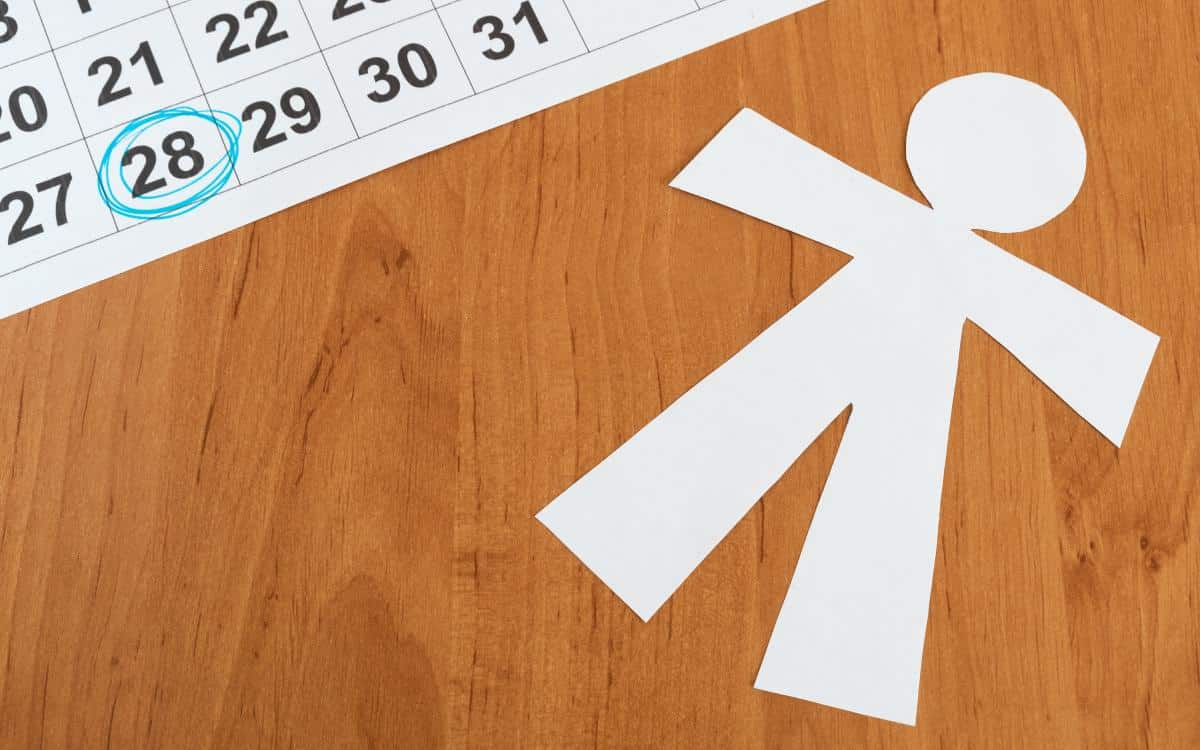
Day of the Holy Innocents. | Shutterstock
The Day of the Holy Innocents, or Día de los Santos Inocentes, is a singular tradition that takes place during the Christmas season. Every 28th of December, people play practical jokes on their family and friends. You can think of it as the Spanish April Fool’s Day. A paper doll is a common symbol of this day since it is usually placed on the poor innocent who fell for the practical joke.

The Three Kings throw candy at children. | Shutterstock
This tradition delights Spanish children. On the evening of the 5th of January, most Spanish cities hold the Cabalgata de Reyes, or Three Kings’ Parade, which involves floats, Christmas carols, and, of course, the presence of the Three Kings, who will spend the night delivering gifts for every child. In these cabalgatas, pages and other characters give candy to those children who have written a letter to the Three Kings. But they will only get their gifts the next evening if they have been good.

Roscón de Reyes. | Shutterstock
If there is something people know Spain for, it’s its gastronomy. And Christmas gastronomy is even more special. Seafood, jamón, pig, and suckling lamb are on most Spanish Christmas tables. But we should highlight the Christmas sweets. Turrón or nougat, marzipan, polvorones, mantecados, and dragée or peladillas are the most popular choices to conclude Christmas meals.
However, we can’t forget the roscón de Reyes, a treat that can be found in every Spanish home on the 6th of January. It can be eaten for breakfast, as desserts, or for merienda. This sweet, in the shape of a crown, hides a bean and a tiny figure. Whoever finds the bean in their portion gets to pay the roscón. But if you’re lucky enough to get the figure, you must be crowned king or queen. This is why most roscones come with a golden crown.
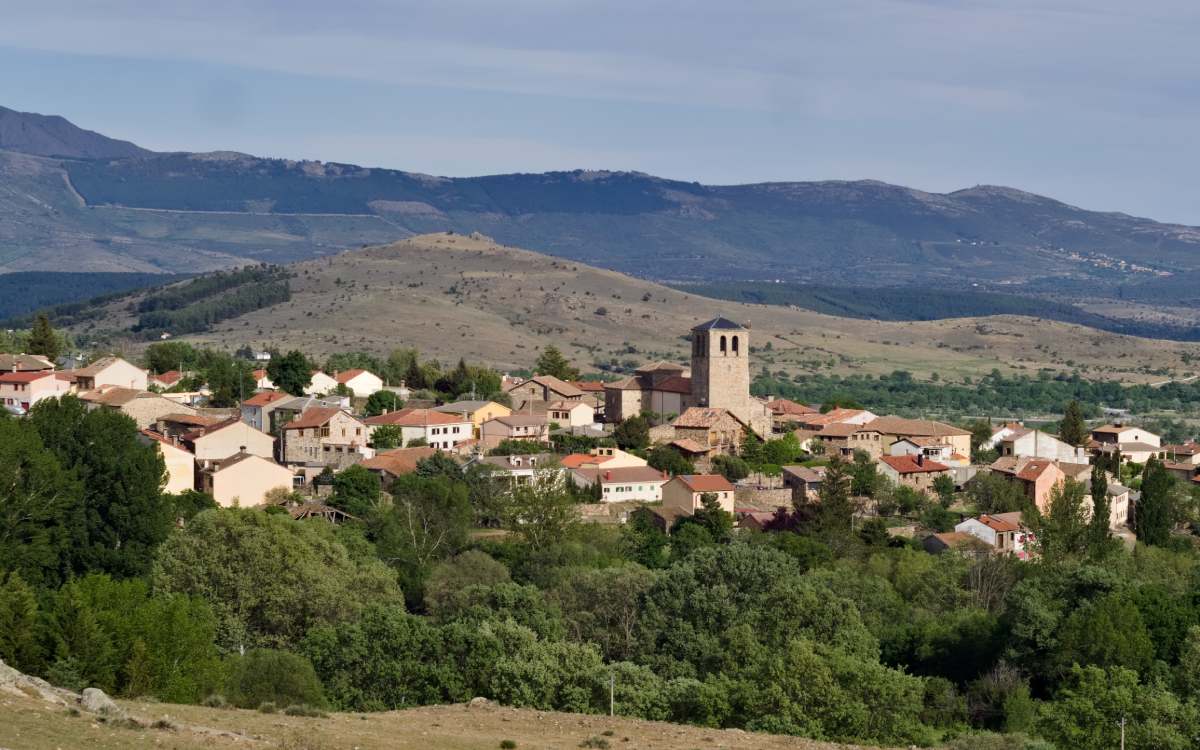
Braojos de la Sierra. | Wikimedia
Braojos de la Sierra is a village in Madrid whose Christmas tradition might not be renowned, but it is extremely peculiar. Every 24th and 25th of December, a shepherd dance known as the pastorela is celebrated. Live music and traditional clothes are important as well.
Mallorca’s churches hold the Canto de la Sibila, or Song of the Sibyl, a performance of the popular Misa de Gallo, which takes place every 24th of December. This is one of the weirdest Christmas traditions, yet it has been declared an Intangible Cultural Heritage by UNESCO and Bien de Interés Cultural.
This chant dates back to the Middle Ages. It is sung by a single person who wears a robe and a cloak and holds a sword without the accompaniment of any instrument.
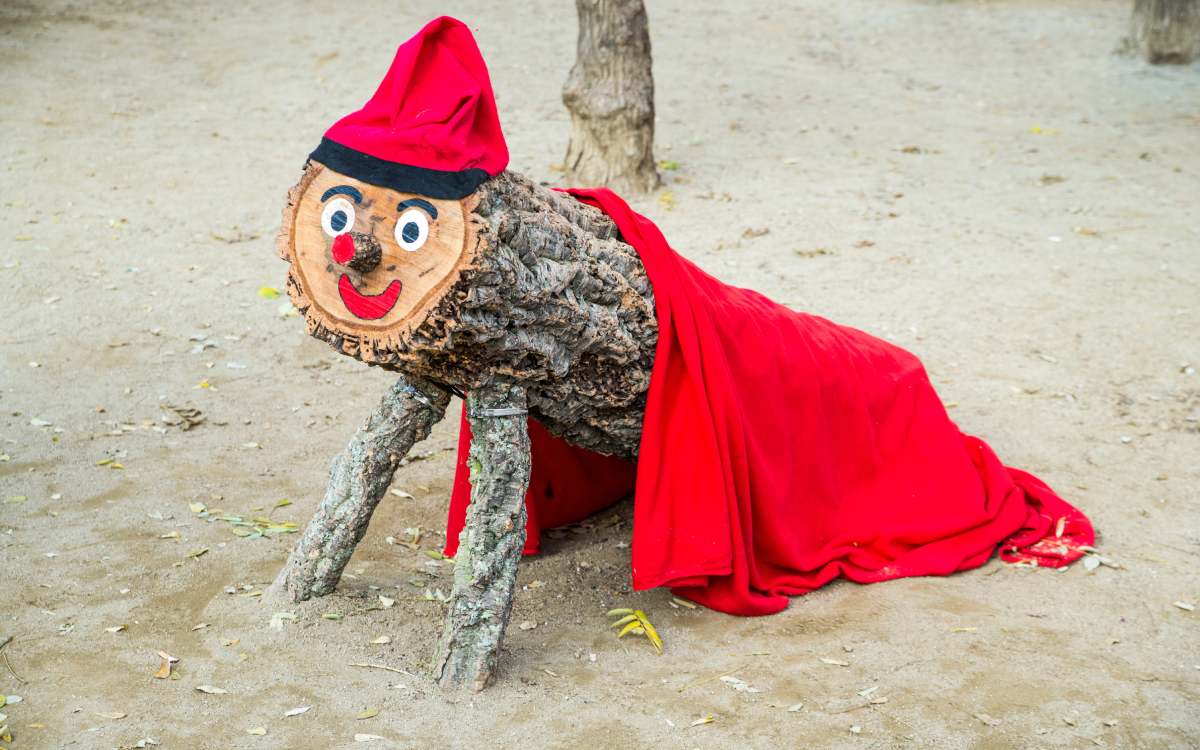
Tió de Nadal. | Shutterstock
Although the Three Kings and Santa, known as Papá Noel in Spain, are responsible for delivering gifts to the Spanish children, other Christmas figures help them complete their job in some cities. For instance, Tió de Nadal, or Cagatió, is one of the most cherished Christmas characters in Cataluña and Aragón. This smiling, four-legged log wears a barretina, a traditional Catalan hat. Children must feed Tió and keep him warm with a blanket from the first day of December to the 24th. If they do it correctly, Tió expels sweets and gifts for them.
There is another famous figure in Cataluña, Home dels Nassos, which literally means Men of Noses. Legend has it that he is covered with noses. On the 1st of January, he has 365 noses. He only has one left on the 31st of December, when he wanders the city under his regular appearance.
The Olentzero is similar to Santa, but he visits Basque and Navarrese kids instead. This coalman of robust looks lives in the forest, away from the crowds. He delivers gifts on the 24th of December or Nochebuena.
Just like the Olentzero, the Apalpador is a coalman, but he lives in the Galician mountains. On the 24th and 31st of December, he visits Galician children to make sure they are eating properly and bring them gifts and chestnuts.
You can also read this article in Spanish here.